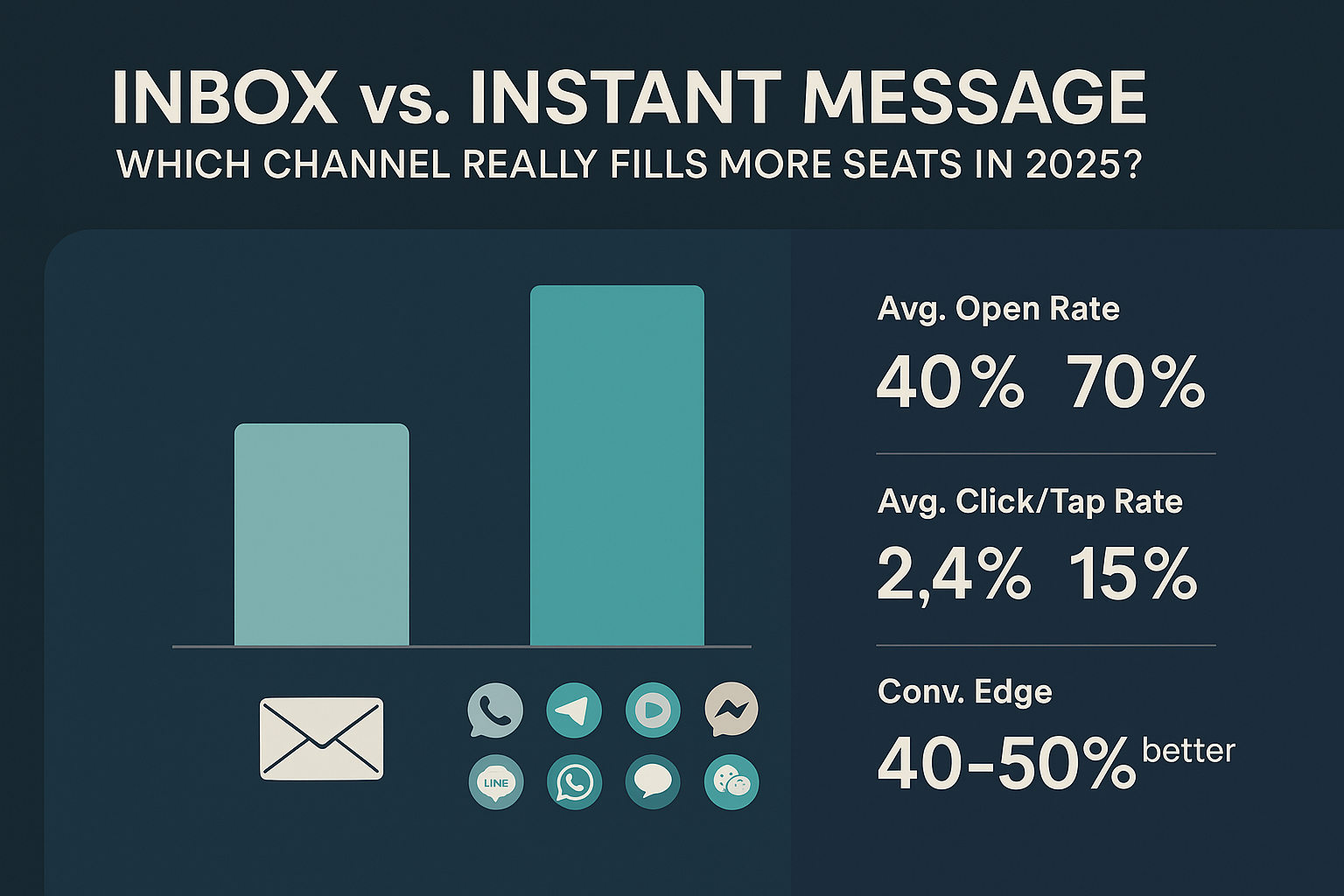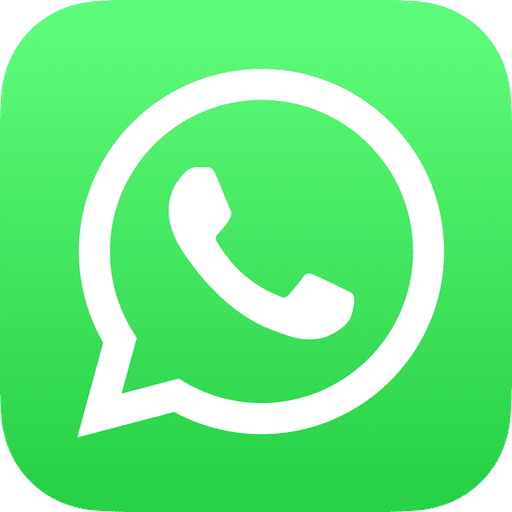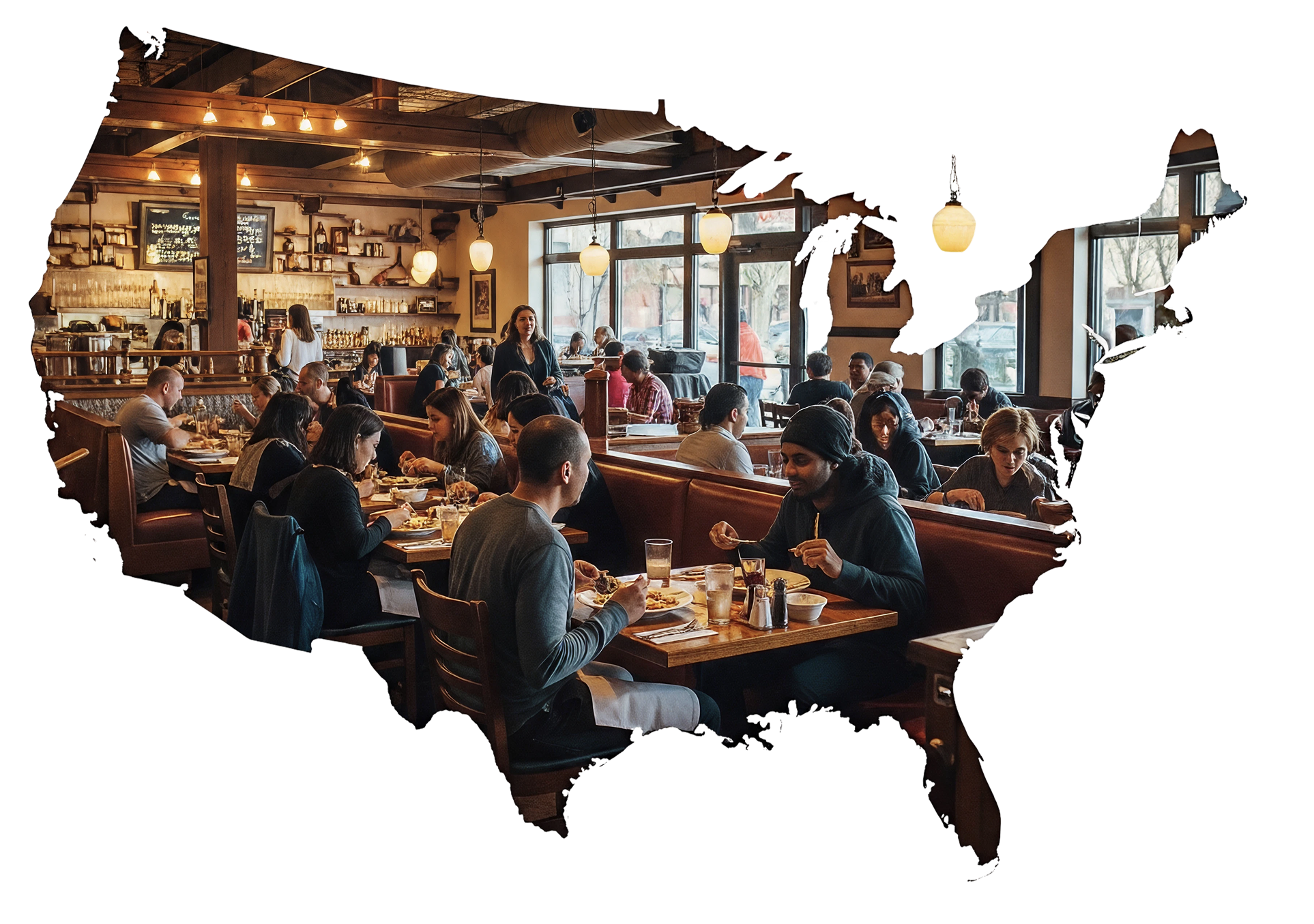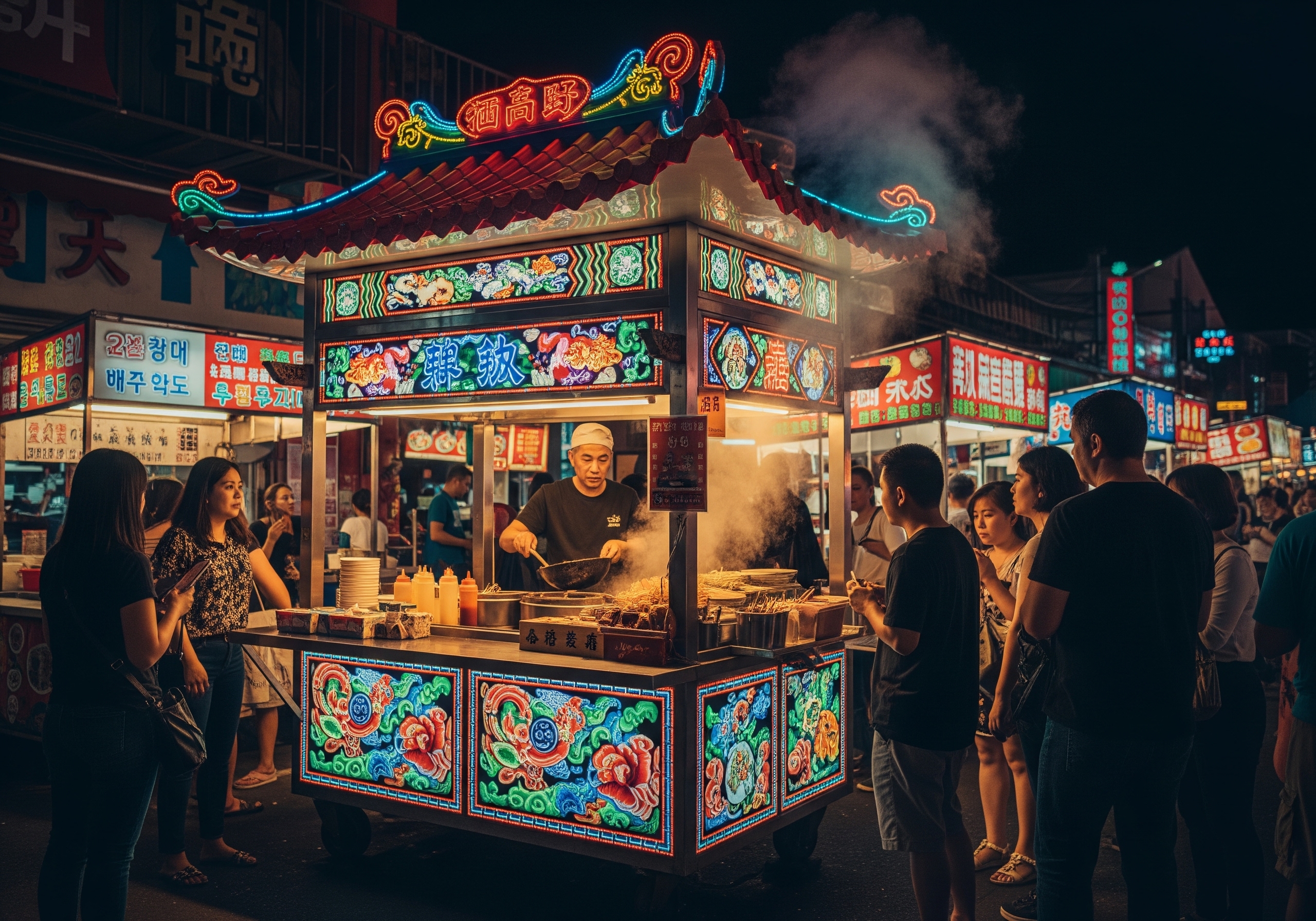Inbox vs. Instant Message - What Fills More Seats in 2025?

Restaurant marketing has evolved rapidly, especially across Asia-Pacific where messaging apps like WhatsApp, LINE, Telegram, and Instagram DMs have become dominant tools for engaging guests. While email still holds value, chat-based platforms are proving to outperform email across almost every key marketing metric. This article explores how these channels compare—by open rates, click-throughs, conversions, and ROI—and what restaurant owners should prioritize to boost engagement and fill more tables in 2025.
Email: Reliable, Low-Cost, and Content-Rich
Email remains a cornerstone of restaurant communication. It’s great for newsletters, loyalty programs, menus, event announcements, and receipts. Its advantages are low cost, universal reach, and space for rich storytelling and visuals. Many restaurants use it for monthly updates, holiday menus, and booking confirmations.
However, email engagement is increasingly challenged by inbox clutter and lower read urgency. Average open rates hover around 20–40%, and click-through rates (CTR) are typically around 2–3%. It still delivers excellent ROI due to the low cost of sending, but it lacks immediacy. A guest might see your email hours—or days—later, making it less effective for flash promos or same-day reconfirmations.
Messaging Apps: High Engagement, Real-Time Impact
Chat-based messaging platforms have exploded in popularity because of their immediacy, mobile-first design, and personal nature. Customers read and respond to messages here as quickly as they would to a friend. For restaurant owners, this creates a huge opportunity to reach guests faster and with better conversion outcomes.
WhatsApp is the leading channel in many APAC regions. Messages get opened almost instantly, with open rates near 98–99% and CTRs around 15%. Campaigns sent via WhatsApp are highly effective for confirming reservations, sending real-time promotions, managing waitlists, and answering guest questions quickly.
Facebook Messenger
Messenger integrates well with Facebook pages and enables automated flows. CTRs can reach 20–30%, and it works well for collecting reviews, upselling private dining, and reminding guests of bookings.
Instagram DMs
Instagram Direct Messages are excellent for high-conversion, personal interactions. Users are highly responsive—CTRs can reach 25% or more. Restaurants often use DMs for pre-sale invites, exclusive offers, and customer service.
LINE
In Japan, Thailand, and Taiwan, LINE is king. Broadcast messages can see open rates around 55–60%, making it a high-performing marketing tool for local promotions, coupons, and loyalty updates.
Telegram
Telegram is strong among tech-forward audiences and niche communities. It offers automated bots and broadcast channels. Restaurants can use it for event invites, reservation flows, and niche promotions.
In China or among Chinese-speaking audiences, WeChat is essential. It offers integrated booking, payments, and loyalty tools, though business content open rates are low. It’s better for utility and brand visibility.
Marketing KPIs: Chat Apps Outperform Email
- Open Rates: Messaging apps range from 55% to 99%, while email averages 20–40%.
- CTR: Chat apps deliver 15–30%, while email stays near 2–3%.
- Conversions: Messaging can reach 3–5% conversion; email under 1%.
- Speed: Chat messages are read within minutes; emails often hours later.
ROI: Messaging Apps Drive Higher Returns
Email returns around $36–40 for every $1 spent, largely due to low cost. Messaging apps, while possibly incurring small sending fees, generate more revenue per customer contacted. Real-time engagement, fewer no-shows, and faster follow-up all contribute to stronger ROI. Campaigns via WhatsApp or Messenger often outperform email in absolute revenue, even when list sizes are smaller.
Best Use Cases by Channel
| Workflow | Best Channel(s) | Why It Works |
|---|---|---|
| Booking reconfirmation | WhatsApp, LINE | Instant response = fewer no-shows |
| VIP event invite | Instagram DM, Telegram | Personal, highly engaged audiences |
| Waitlist management | Messenger, WhatsApp | Real-time confirmation |
| Monthly newsletter | Great for rich content and updates | |
| Flash promo (e.g. 2-for-1) | WhatsApp, Messenger | Quick reads, high clicks |
| Loyalty updates | LINE, WeChat | Integrated loyalty features |
| Menu updates | Email, Instagram DM | Visual appeal + searchable attachments |
| Community-building | Telegram, LINE Group | Shared interests and fast replies |
| Re-engagement (lapsed guests) | Feels like a personal message |
Implementation Tips
- Capture Opt-Ins via QR codes, booking flows, or incentives.
- Segment Audiences to match message types to the right channel.
- Respond Quickly with automated bots or trained staff.
- Automate Carefully for FAQs and confirmations.
- Use a CRM Platform like Bistrochat to centralize data.
- Respect Privacy Rules and avoid over-sending.
- Track ROI using booking source attribution and campaign links.
Conclusion
Messaging apps are now essential marketing tools for restaurants. They deliver better engagement, quicker conversions, and higher ROI when used correctly. Email remains valuable for content-rich storytelling, but restaurants should build strategies around messaging-first marketing to fill more seats, reduce no-shows, and strengthen customer relationships.
The smartest approach? Use both: email for depth and scale, messaging for immediacy and action. An omnichannel mix powered by unified CRM tools like Bistrochat helps restaurants stay responsive, relevant, and full.




